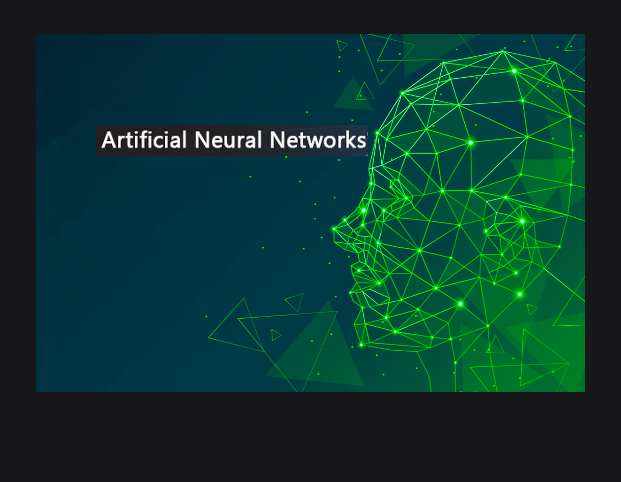Artificial Neural Network or ANN in short is a computing system inspired by biological neural networks that constitute animal brains. Just as how in the nervous system of human beings, an ANN uses artificial neurons, do to send signals or impulses to the necessary location.
With the help of ANN enhanced processing power, learning ability, and speed of neural network aids in problem-solving.
Currently, the pace at which ANN is growing in the world market at a rapid pace. As per ResearchAndMarkets.com, the Global ANN would grow by 2.5 times in 2024 than what is was in 2019. Thus, making it a market that has high potential but has been under the radar.
In 1951, Marvin Minsky created the first ANN while working at Princeton. At first, the perceptron was an attempt to use neural network techniques for character recognition. However, it was only useful for solving problems where input classes were linearly separable in the input space as it was a linear system.
Thus, this technology lost its popularity as due to its inherent defect led to its lack of relevance. The rebirth of ANN happened when in 1974, Werbos discovered the backpropagation algorithm. This algorithm was a form of gradient descent algorithm used with ANNs for minimisation and curve fitting. Alas, in 1987, the IEEE annual international ANN conference was started for ANN researchers.
The development of ANN led to wide range of opportunities in the field of computers. It is a type of computer programme, which can be taught to emulate relationships in sets of data. They work by weighted data signals entering a neuron, stimulating the electrical excitation of a node, and consequently transferring information.
The modern ANN is a non-linear system. Thus, the input values to processing elements are multiplied by a connection weight, which stimulates the strengthening of neural pathways. This is the basic principle on how learning is emulated in Artificial Neural Networks. This has led ANNs to play an integral role in deep learning.
The nature of the highly volatile stock market makes it impossible to predict the upcoming changes. But, this all changed with the advent of ANN. They are able to make an accurate on spot prediction. For this aspect, a tweaked version of ANN is used which are called MLPs.
Multiple layers of nodes, each of these layers is fully connected to forthcoming nodes. The previous data of the stocks are considered for building the MLP model. The speed nature of ANN allows for aiding the aerospace industry in the systems that are used in highly advanced aircraft.
Time Delay Neural Networks are used for position-independent feature recognition. They have been able to assist in high-performance auto-piloting, securing the aircraft control systems, and modelling key dynamic simulations. Passenger safety is of the utmost importance inside an aircraft, TNN-based algorithm systems ensure the accuracy of the autopilot system. These systems have also been deployed in unmanned airborne and undersea vehicles, in turn boosting defence capabilities for nations.
For the healthcare aspects like x-ray detection, CT scan and ultrasound Convolutional Neural Networks are actively employed. ANNs have easily converted ECG signals, which are non-linear by nature. The low-frequency signals of ECG have been able to be captured with the adaptive nature of ANN sensors.
Behind the scenes of the most flashy tech nowadays, Artificial Neural Network has played a crucial role that has always gone under the limelight. ANN algorithms have helped simplify assessments and modified traditional algorithms. With the advancement in ANNs on the rise and helping catapult us all, in the future, we all dreamed of having; ANN will have a substantial role.
Aaqil Faheem Hashim
(BTech Computer Science student at Christ University, Bengaluru)





